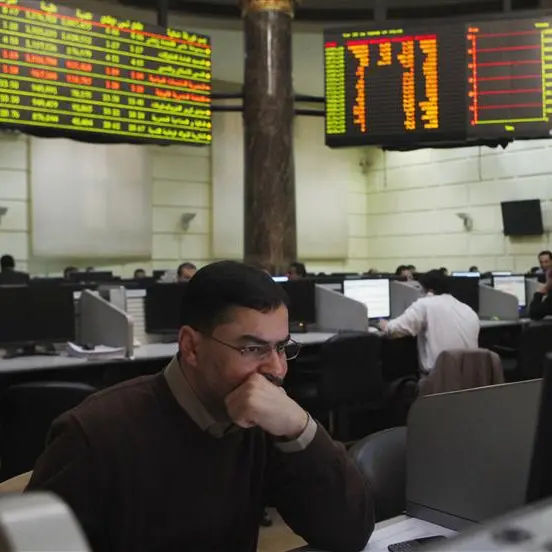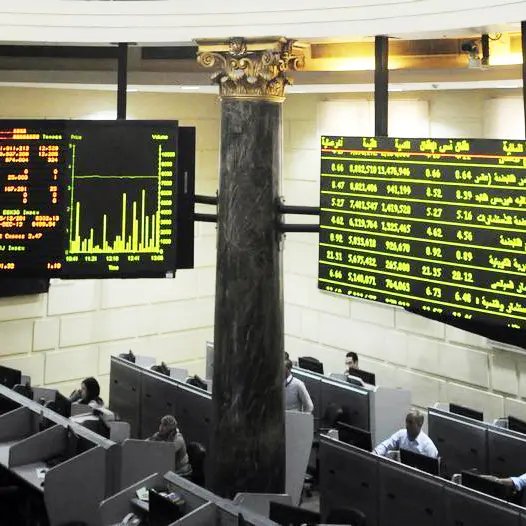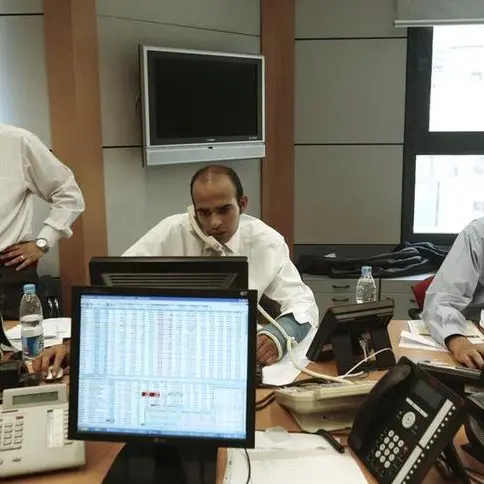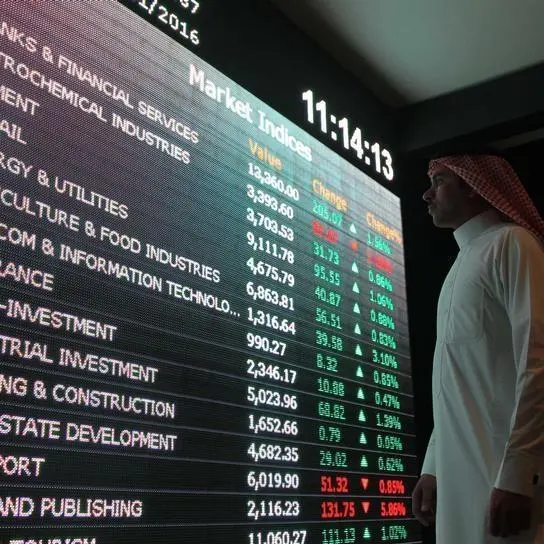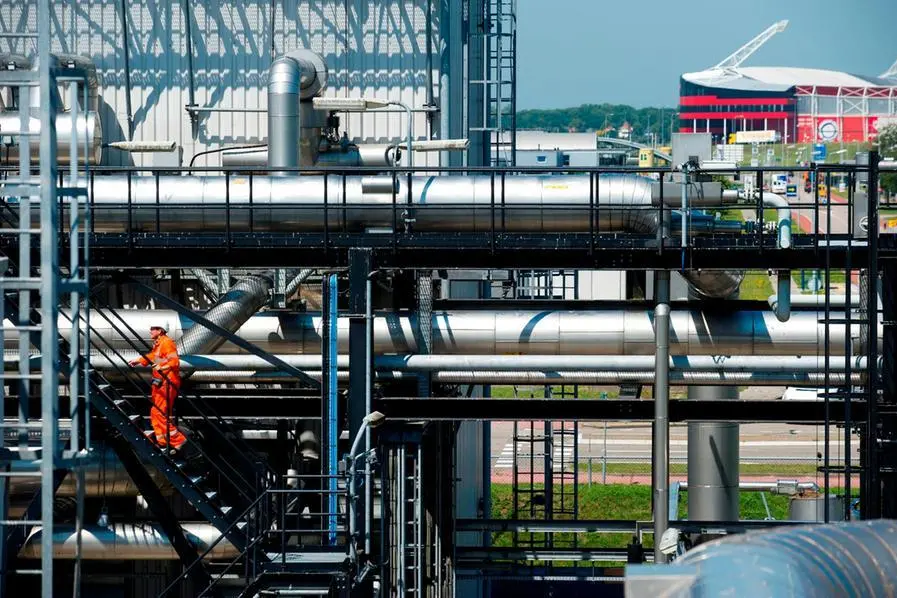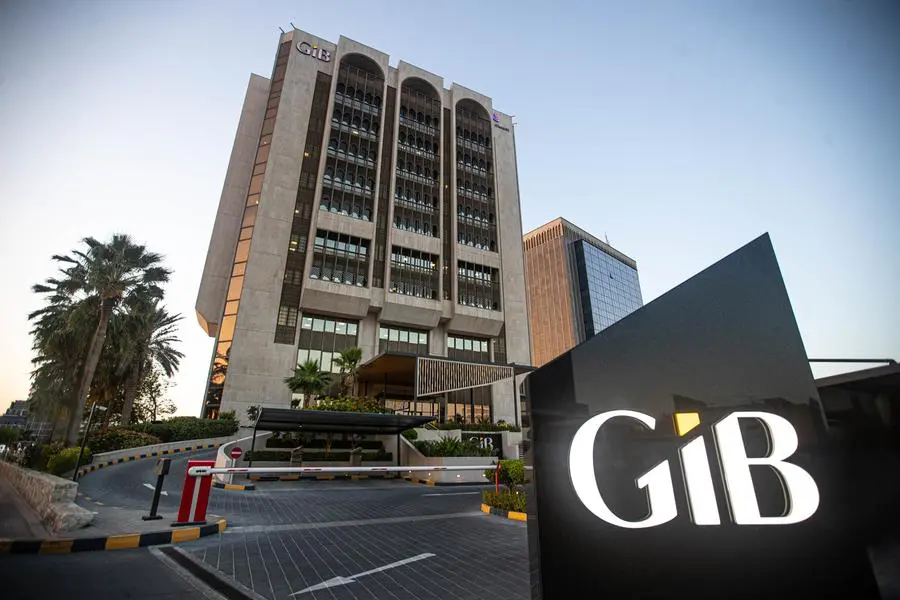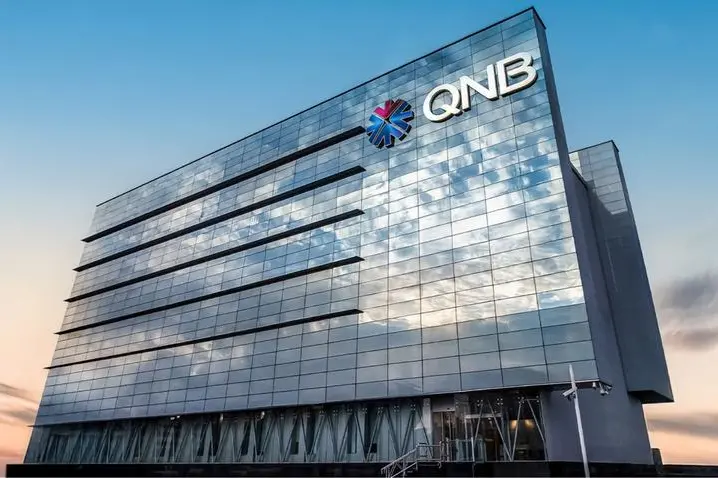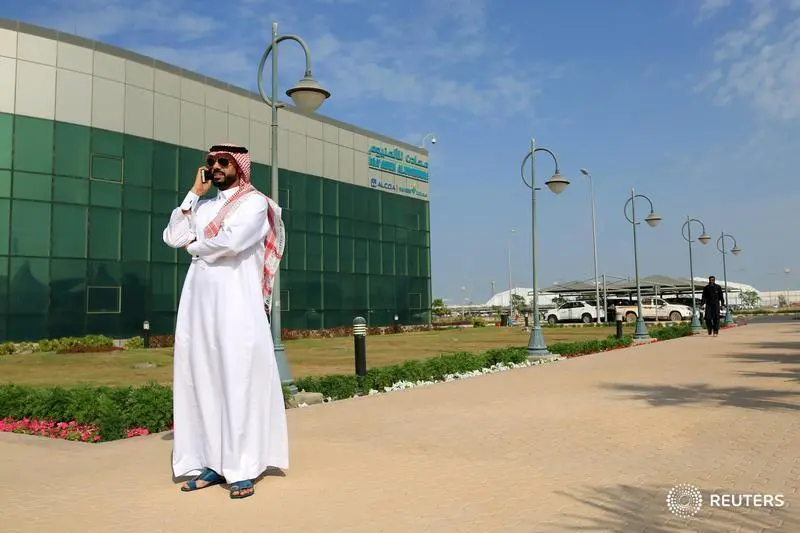In coming months, growth in the eurozone could slow more sharply than commonly expected. We can identify six main risk factors that could negatively affect growth:
- A tariff shock hitting the European manufacturing sector, especially the German automotive industry that represents about 14% of German GDP, if there is no agreement between the United States and the European Union on auto imports by December 11.
- The lasting consequences of the economic slowdown in China and the credit crunch in Turkey, which have already hurt German exports since the end of 2018.
- Pessimism among EU consumers, leading them to save.
- The likelihood of a no-deal Brexit on October 31.
- Higher risk of recession in the U.S. in 2020.
- Rising tensions between the U.S. and Iran in the Strait of Hormuz that could lead to disruptions in the global oil market.
If one or more of these risks materialises, which is more than likely in our view, growth in the eurozone would be at risk of derailing, which would push policymakers to intervene to support demand and investment. We believe that the conditions are already in place for fiscal stimulus in the euro area for a number of reasons.
Interest rates are structurally extremely low. In other words, the cost of debt is low so it reduces the urgency to reduce debt. Recently, for the first time ever, the 10-year government bond interest rates of Austria, France and Sweden have fallen below zero. For some Eurozone countries, up to 88% of the total outstanding public debt is with negative yields for maturity up to 2032. This is the new normal in the eurozone. Consequently, in major European countries, the cost of debt is totally manageable. Based on the latest OECD data, net government interest payments as a percentage of GDP are close to historically low levels, at 3.5% in Italy, 1.5% in France and 0.6% in Germany, and are expected to decrease further for most countries in coming years.
There is also little room left for monetary policy. The European Central Bank is confined to the zero lower bound rate, which means that lower rates have less positive effect than in the past, as they are already very low or negative. The ECB could resort to a new round of quantitative easing as early as 2020, in case of an economic downturn or de-anchoring of inflation expectations. However, to be effective, it will need to wield a more massive bazooka than in 2015, and the effects are still uncertain. What we know with more certainty is that QE tends to be associated with negative distributional effects (exacerbation of wealth inequality) that can only be mitigated by fiscal redistribution.
Over the past few years, the economic literature and prominent scholars have paved the way for expansionist fiscal policy. In the U.S., Modern Monetary Theory proposes to finance a Green New Deal and full employment by increasing the deficit and using the central bank to pay off debt by printing more money. MMT is attracting more and more attention in Europe, including among populist parties, but also beyond, and will certainly be part of the conversation in upcoming elections.
Sustainable budgets?
Investment to finance clean energy transition is gaining strong support among European citizens, as shown by the victory of green parties in the latest European Union parliamentary elections.
Fiscal stimulus will likely be oriented towards the future, to finance investments in infrastructure, education and clean energy transition, and will imply a need to revisit fiscal golden rules. We believe a pragmatic coalition could emerge at the E.U. level between populist and more mainstream political parties to reform the 3% of GDP deficit limit and exclude productive investment from deficit calculations.
The likely growth slowdown in the euro area in the coming quarters will be the trigger for this new phase of expansionist fiscal policy.
However, uncertainty remains as to the scale and the implementation of the stimulus. If it is up to member countries, the stimulus is likely to be under-supplied as many governments will have little incentive to do much. Europe will face the same free-rider problem as in the past, with countries patiently waiting to benefit from the stimulus policies of their neighbours. The ideal scheme would be that of coordinated fiscal expansion through fiscal agreement or a proper common budget incorporating counter-cyclical mechanisms. That would involve highly sensitive political concessions, especially on risk-sharing, and high execution risk, but this would be the most efficient way for the eurozone to avert an upcoming economic downturn.
*Any opinions expressed in this article are the author’s own.
Disclaimer: This article is provided for informational purposes only. The content does not provide tax, legal or investment advice or opinion regarding the suitability, value or profitability of any particular security, portfolio or investment strategy. Read our full disclaimer policy here.

